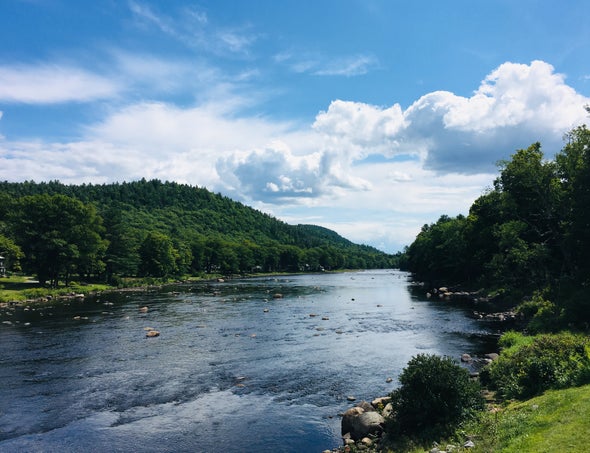This is Scientific American — 60-Second Science. I'm Jason Goldman.
By now it's almost common knowledge that spending time in nature is good for you. Areas with more trees tend to be less polluted, so spending time there allows you to breathe easier. Spending time outdoors has been linked with reduced blood pressure and stress, and seems to motivate people to exercise more.
"So it'll come as no surprise that there's research showing that spending time in nature is good. I mean, that's been known for millennia. There's dozens of papers showing that."
University of Exeter Medical School researcher Mathew P. White.
"We get this idea, patients are coming to us and they're saying, 'doctor, how long should I spend?' and the doctor is saying, 'I don't really know.'"
So White and his team decided to find out by using data collected from nearly 20,000 people in England through the Monitor of Engagement with the Natural Environment Survey.
And their answer? Two hours a week. People who spent at least that much time amid nature—either all at once or totaled over several shorter visits—were more likely to report good health and psychological well-being than those with no nature exposure.
Remarkably, the researchers found that less than two hours offered no significant benefits. So what's so special about two hours?

"I have absolutely no idea. Really. We didn't have an a priori guess at what this would be, this threshold. It emerged. And I'd be lying if I said we predicted this. I don't know."
Even more noteworthy, the two-hour benchmark applied to men and women, to older and younger folks, to people from different ethnic backgrounds, occupational groups, socioeconomic levels and so on. Even people with long-term illnesses or disabilities benefited from time spent in nature—as long as it was at least 120 minutes per week. The study is in the journal Scientific Reports.
While the findings are based on a tremendous number of people, White cautions that it's really just a correlation. Nobody knows why or how nature has this benefit or even if the findings will stand up to more rigorous investigation.
"I want to be really clear about this. This is very early stages. We're not saying everybody has to do 120. This is really to start the conversation, saying, what would a threshold look like? What research do we need to take this to the next step before doctors can have the true confidence to work with their patients? But it's certainly a starting point."
Thanks for listening for Scientific American — 60-Second Science. I'm Jason Goldman.











